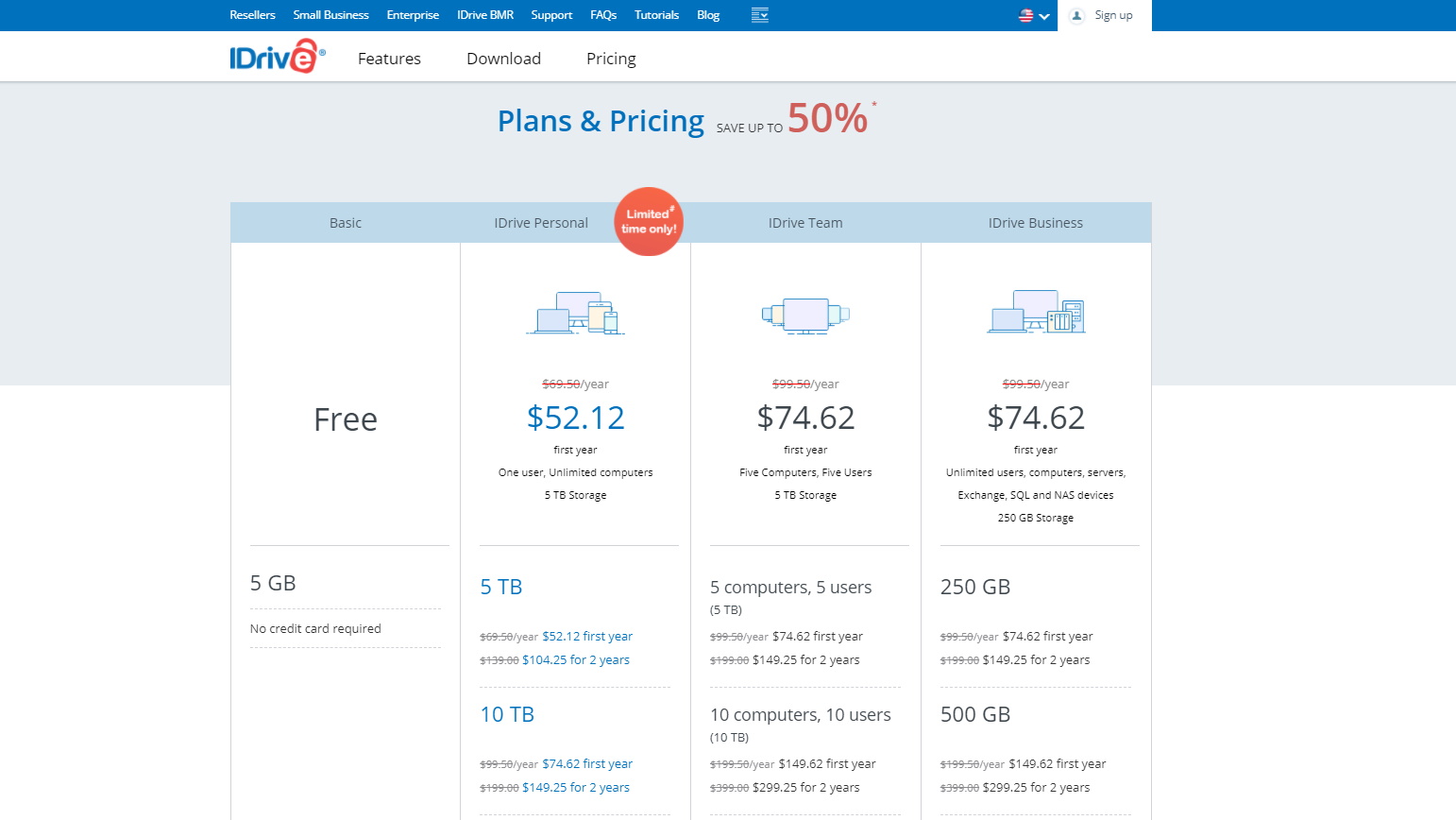
Any changes you make are saved to your hard drive, and then automatically synced to Google Drive on the Web and other devices on which you've installed Google Drive. When you do that, you're saving or opening them on your computer itself, not directly from the Web. So from Microsoft Office, for example, you can save files directly to Google Drive and open them from Google Drive.


Google Drive isn't integrated into just Windows Explorer or Finder - because it looks like a drive, you can save to it and open files from it from any application (or at least every one I tried). So if you edit the files on any device on which you have a Google Drive installed, they're synced to the cloud and all your other Google Cloud-enabled devices. They're also synced to any other devices onto which you've installed Google Drive. The files and subfolders are uploaded to your Google Drive on the Web and are accessible there.

Like rival service Dropbox, you can use it just like a physical drive - so you can copy or move files to it, and create new files and subfolders inside it.
#Google idrive review install
Google Drive installs as its own drive in Windows and OS X, and is available via Windows Explorer or Finder.Īfter you install Google Drive on your PC or Mac, it shows up as another drive in Windows Explorer or the Mac's Finder app. (Note: As of today's date, there are reports that Google Drive has not yet been made available for all users.) A version for iOS isn't yet available, but Google says it will be out soon, although the company hasn't yet given a release date. Google Drive currently installs as an app for Windows, OS X and Android.


 0 kommentar(er)
0 kommentar(er)
